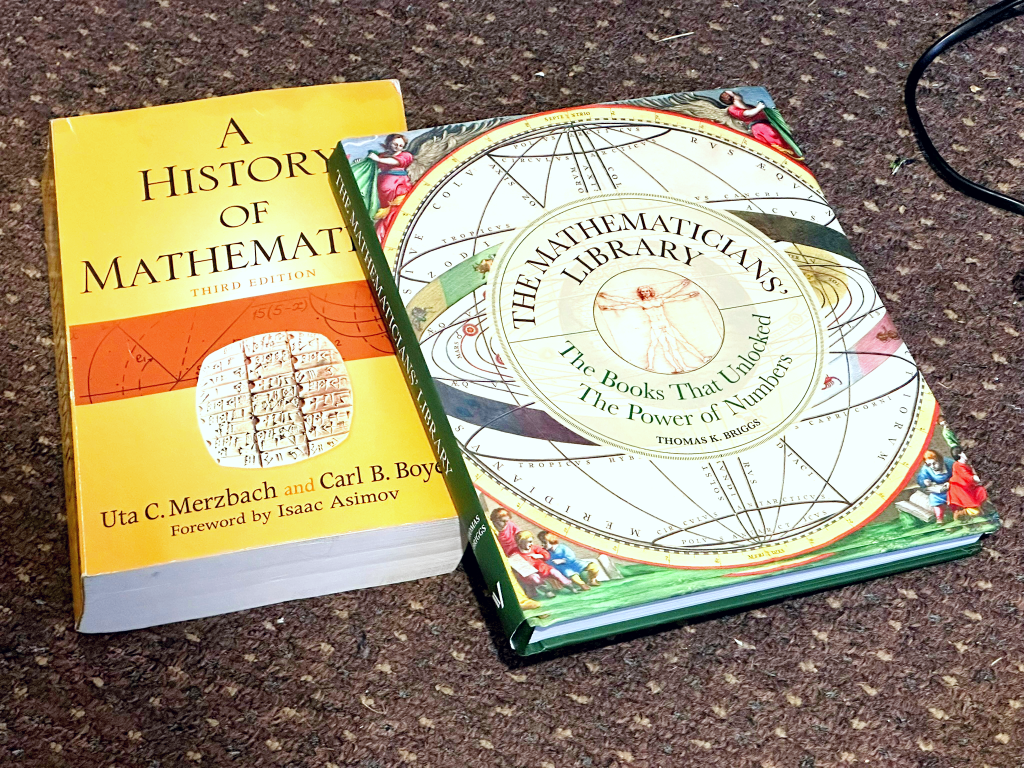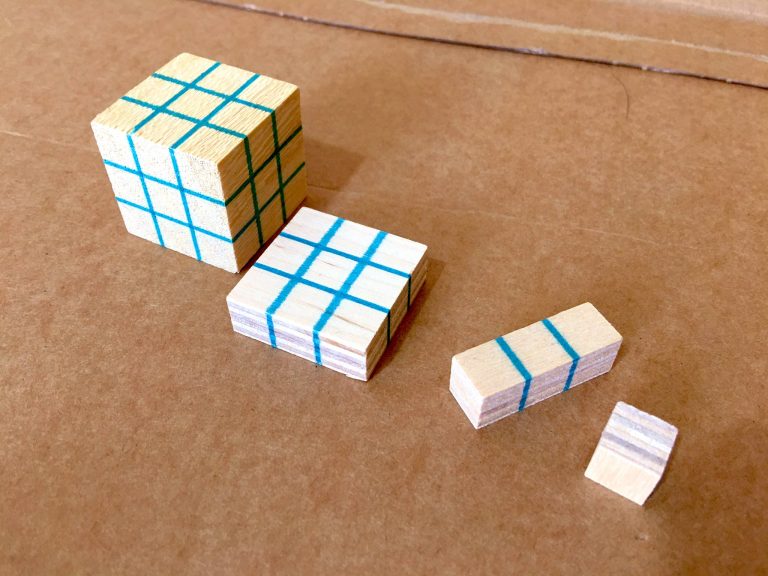Teaching Maths Through Stories: Why the History of Mathematics Matters
“What other subject is routinely taught without any mention of its history, philosophy, thematic development, aesthetic criteria, and current status? What other subject shuns its primary sources—beautiful works of art by some of the most creative minds in history—in favor of third-rate textbook bastardizations?”
— Paul Lockhart, A Mathematician’s Lament
That quote sums up exactly why I am so passionate about teaching the history of mathematics. Too often, mathematics is reduced to formulas and methods to memorise purely for exams. Stripped of its stories, its philosophy, and its beauty, it becomes a tick-box exercise of dredging through the conveyor belt rather than a human achievement.

Today, on GCSE results day, I was reminded why the stories matter. One of my students achieved an A* in Mathematics after we worked together for 4 years. His father kindly said my influence had been “very important” in his journey. More than the grade itself, what stayed with me was my pupil’s reflection: he valued how I explained not just how to solve problems, but also the history behind the ideas.
I also had another tutee who didn’t get the grade they wanted. That is a temporary setback and does not take away from the amazing knowledge the tutee has, both in understanding mathematics and its history.
Why teaching the history of mathematics is paramount
Mathematics didn’t appear out of thin air. Every concept, every single mathematical word, was wrestled into existence by people often working in times of difficulty, isolation, or even personal struggle. To ignore that context is to lose the very soul of the subject.
- Pythagoras formed a cult on an island, finding connections between numbers and music.
- Newton created calculus during the plague years in Cambridge.
- Euler, though blind, continued to produce mathematics that shaped the modern world.
These aren’t just stories; they are proof that mathematics is a living, human endeavour. When students hear them, they realise that struggle, creativity, and persistence are part of the process and that they too can be part of the story.
Teaching mathematics through a narrative
All my tutees know I am a mathematics history and professional development obsessive, my eyes light up whenever I get to explain the history of Hindu-Arabic numerals or the origins of Algebra.
Bringing history into my lessons isn’t just about enrichment; it directly affects student confidence and engagement. By showing that mathematics is the result of centuries of human curiosity, students stop seeing it as something cold and alien. They begin to connect, to see patterns, and to approach problems with more confidence.
That’s why my tutee’s comment meant so much to me. His A* grade is a wonderful achievement, but what truly excites me is that he valued the stories. It proves that teaching maths as both knowledge and narrative not only helps students succeed in exams but also deepens their appreciation of the subject.
Mathematics is humanity’s poetry of logic
Mathematics is not just a subject — it is humanity’s poetry of logic, written across centuries. It is the story of struggle, insight, and triumph by some of the greatest minds in history. Every student deserves to know that story, not just the formulas on the page.


